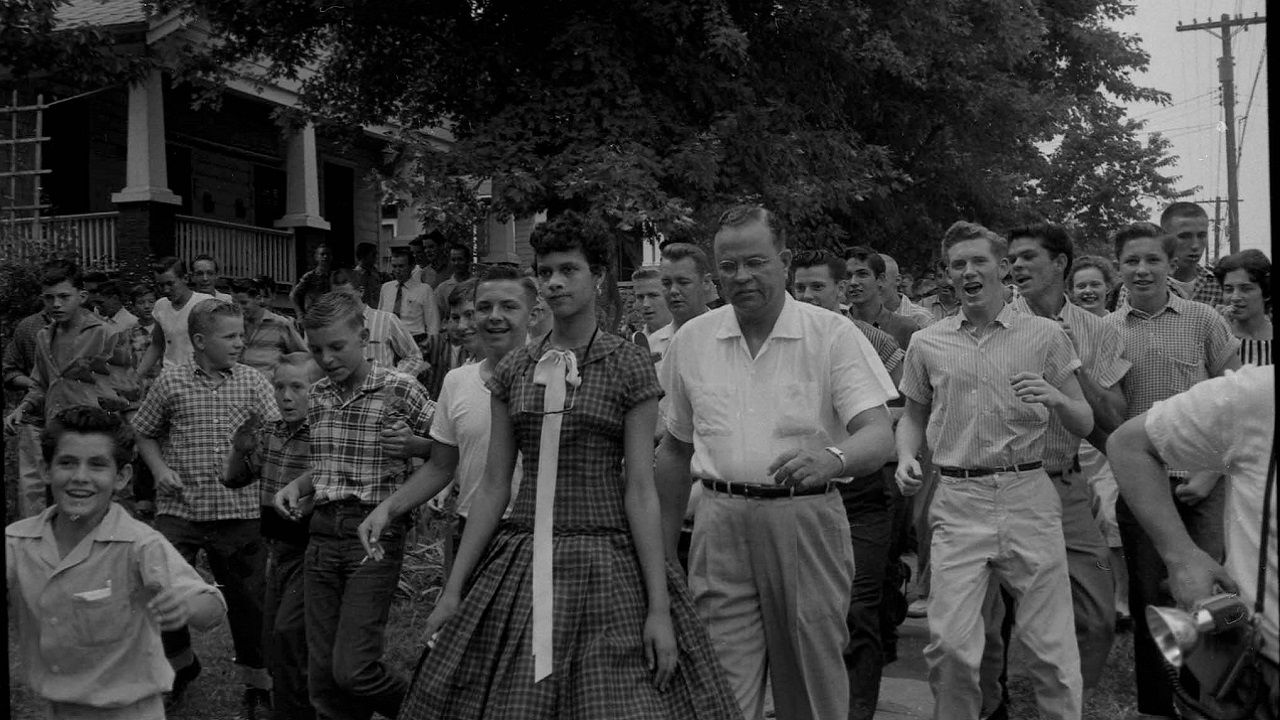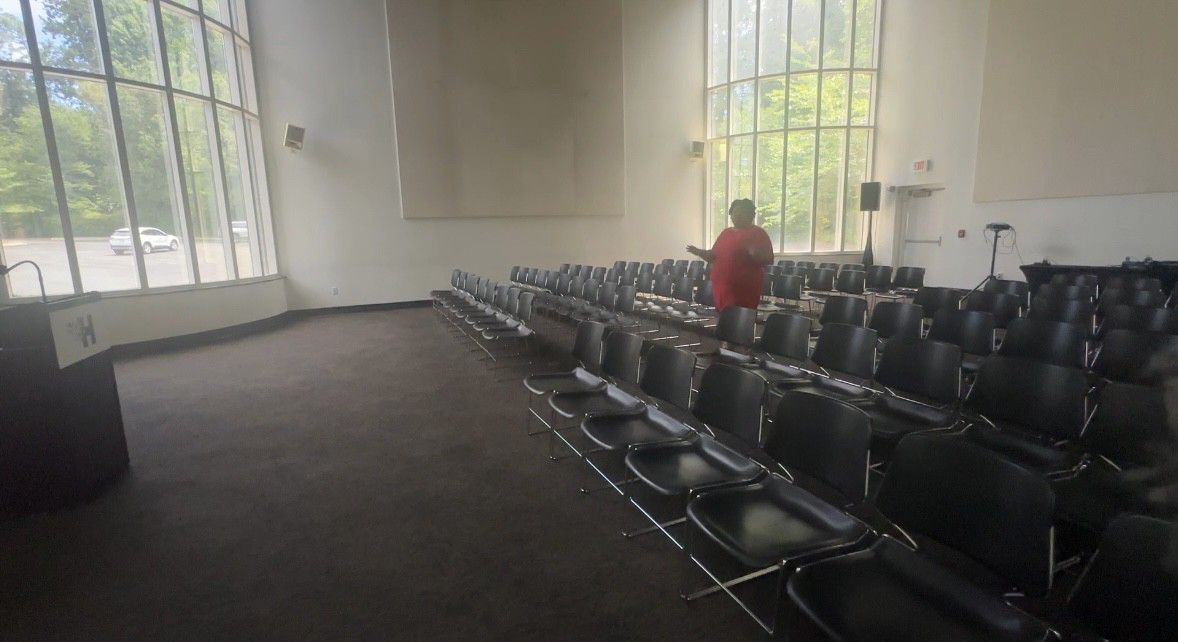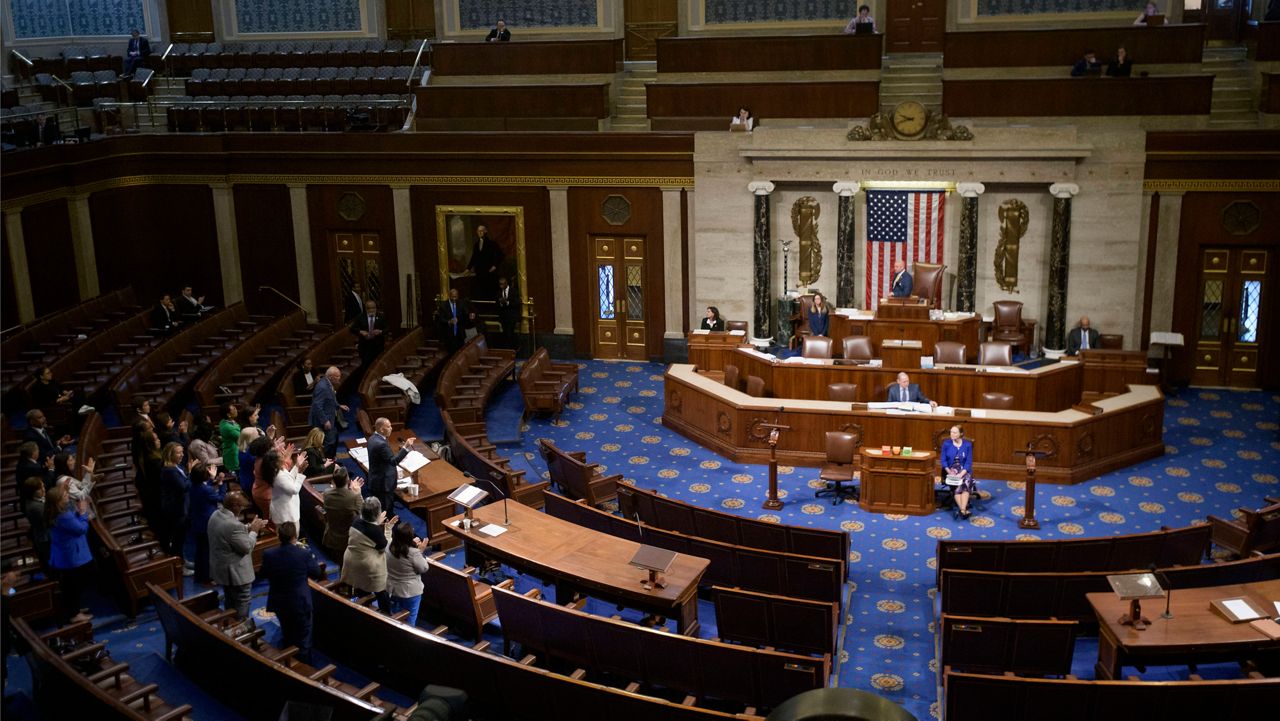CHARLOTTE, N.C. — This week marks 66 years since four Black students became the first to attend all-white public schools in Charlotte.
In 1954, the U.S. Supreme Court's Brown v. Board of Education decision ruled racial segregation in public schools as unconstitutional.
A year later, the court directed states to begin desegregation plans "with all deliberate speed."
On September 4, 1957, four Black students became the first to integrate Charlotte's public schools:
- Dorothy Counts-Scoggins integrated then Harding High School
- Delois Huntley attended Alexander Graham Junior High School
- Gus Roberts enrolled at Central High School
- Girvaud Roberts integrated Piedmont Junior High School
A Charlotte librarian is helping to educate more people about the four students' roles in integrating the school system.
Shelia Bumgarner is a librarian and photograph archivist for Charlotte Mecklenburg Library.
Bumgarner enjoys reading about history and regularly shares the knowledge with library goers.
She often shows students newspapers and books, sharing the history of segregation and integration in Charlotte's public school system.
At the heart of these stories are the four students that integrated Charlotte's schools.
"They were just heroes," Bumgarner said. "They played a significant role in school integration as well as civil rights. Our schools were segregated, there needed to be integration so they have equal education."
Counts-Scoggins was 15 years old when she arrived at Harding High.
Her walk to enter the school made headlines and has been documented in numerous photos.

The images of Counts-Scoggins walking toward the school brings tears to Bumgarner's eyes.
"The other schools had developed plans," Bumgarner said. "Unfortunately, Harding did not. So there was a mob of adults and students waiting for her. Her father had instructed her to remember that she was somebody and inferior to nobody. She began what I called the long walk. Dr. Edwin Tompkins, a family friend, he came to escort her. There were some adults but mostly school students, encouraged to spit on her or taunt her or say crude, racial [statements]. People threw rocks at her and shouted all kinds of horrible insults. She just held her head high."
Bumgarner says she thinks about Counts-Scoggins often when assisting people with their research efforts. Bumgarner says she was beyond grateful to share her appreciation to Counts-Scoggins in-person during an event in Charlotte.
"Such a gracious lady, I was proud to meet her," Bumgarner said. "She's an inspiration, and she's so brave. I told her every time I think of her and those three children that day, it brings tears to my eyes because they were just as brave as any soldier in battle. That's what most people remember, how brave she looked. This was a nationwide story so I'm sure she inspired a lot of young people who may have been doing the same thing in their communities at the behest of their civil rights leaders. They [likely] said if Dorothy can do it so can I."
But the road to desegregating public schools remained rocky.
Unequal school assignments continued after the four students integrated Charlotte's schools.
In 1971, the U.S. Supreme Court ruled in the Swann v. Charlotte-Mecklenburg Board of Education case, to implement court-ordered busing of students as a means to desegregate the schools.
Bumgarner says it's important for people to learn more about our local and national history, so we can better understand some of the events we're experiencing today.
"It's so important to remember this history, to learn and study it because history goes in [a] circle," Bumgarner said. "If you want to understand what's happening now, you may have to go back 40 to 50 years ago. Right now, we're going back to 1957 to understand what led up to the integration of schools. Then you have to study what led back to literally the resegregation of our school systems here in Charlotte. These things happen over time. All of it has a history, that's why we study history. They're just stories of people living their lives. It's not just about famous wars or famous people. It's about people and their everyday life. This was everyday life for Dorothy. She was just going to school."







)


